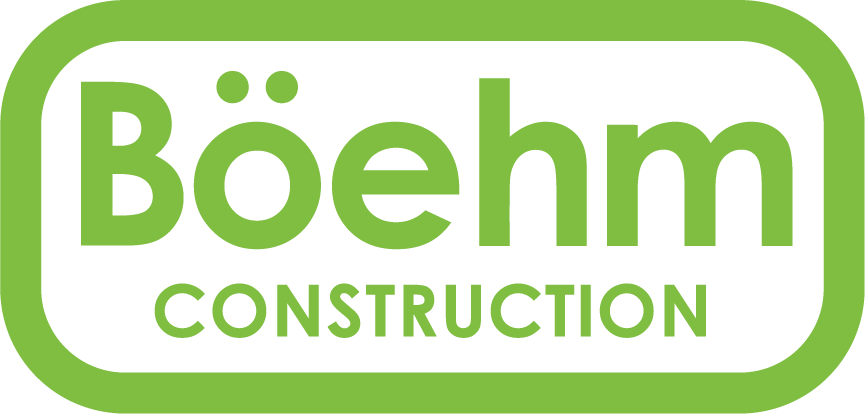What is Net Zero?
Recently the BC Government announced a goal. This goal is that by 2032 all new buildings built in the province of BC – including homes, apartments, schools and commercial buildings will be ‘Net Zero’ ready. This goal is shared with Washington and Oregon as well. What is ‘Net Zero’? This term refers to a building that generates as much energy as it uses. So far, we haven’t been told much more than this.
This will represent a monumental change in how our buildings are built. We at Boehm Construction build and renovate single family homes, so for this article I will focus on the residential component.
Getting to Net Zero in 15 years (2032) from where we are right now in my opinion is a very tough goal. Right now we are a long way off. What are we going to have to change in order to get there? That is a huge question, and even as a well educated and experienced Contractor and Home Builder, I don’t have the answer to that question. By writing this article I am going to try to at least let the reader know as much as we’ve been told at this point and maybe take some guesses at what the future holds. Knowledge is power, and the more we can all learn, the better!
BC’s first Net Zero home to qualify for the new labeling system was completed in June 2017. Let’s assume that since there has only been one home built thus far to this standard, we have a long way to go before all new homes meet this standard.
I am assuming that without a way to harness or create energy, Net Zero is impossible. In the cold months of winter, no matter how much insulation and vapor barrier, we will still need some energy source for lights and heat. Therefore I can only assume that achieving Net Zero will require at least some sort of Solar, Wind or Geothermal source of energy. Since Net Zero is the overall goal, it will be up to each individual how they get there and which of the available technologies they choose to employ. Solar energy is coming down in cost but is still pretty expensive and still requires having and maintaining DC batteries. Air source heat pumps are quite efficient but still require electricity to operate. Ground source heat pumps (also known as Geothermal) are still quite expensive and require a lot of space and drilling deep holes.
The neat thing about Net Zero is that our current method of applying standards will likely not be needed as much as there is this end goal in mind. And the method of measuring it will be quite simple and the evidence will be right there in the owners wallet. If we have any chance of attaining this goal of building Net Zero buildings by 2032 then we will need to take small steps toward it. These steps are called ‘Step Codes’ and like I said about the overall goal, the steps will be measured in a similar manner by measuring the end performance of the building and not really caring about how the designers and builders meet that standard.
At Boehm Construction we are committed to doing all we can to help achieve this goal. We attend courses regularly to keep up on the latest technologies. We take extra steps to ensure our buildings are air tight and better insulated that most others. We have recently begun testing our homes for air tightness as well as Energuide testing and will continue ti use this testing as a way to help us improve. Another thing we are big on here at Boehm Construction is cost. One of our core principles is affordability. Attaining Net Zero will be expensive. It will add tens of thousands to the cost of every new home. Change comes with a cost. Saving the planet comes with a cost. One thing we will commit to doing is making sure we give our clients the best and most affordable options along the way and put pressure on suppliers and sub trades for the best pricing.
For more info see: http://www.nrcan.gc.ca/energy/efficiency/housing/research/5131
